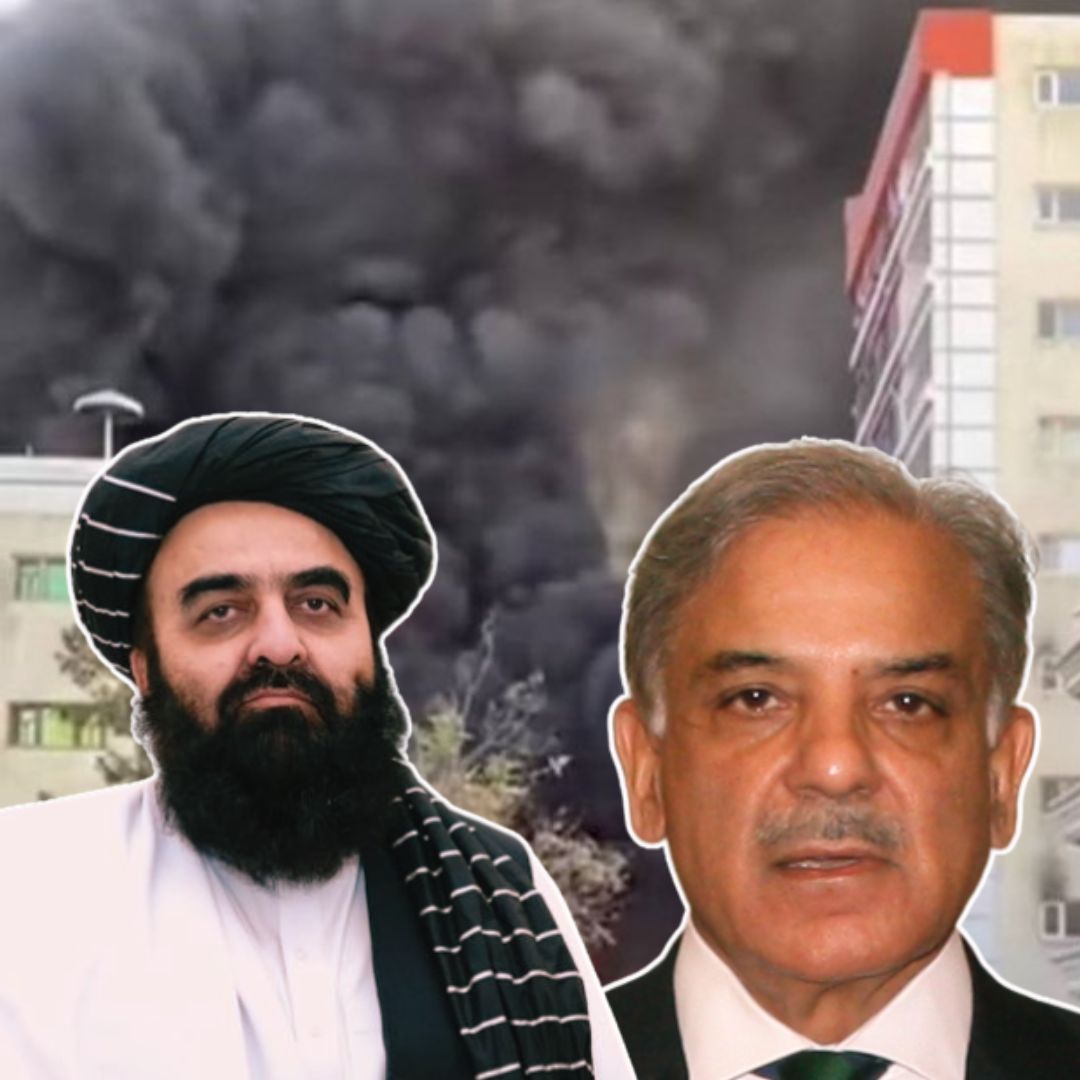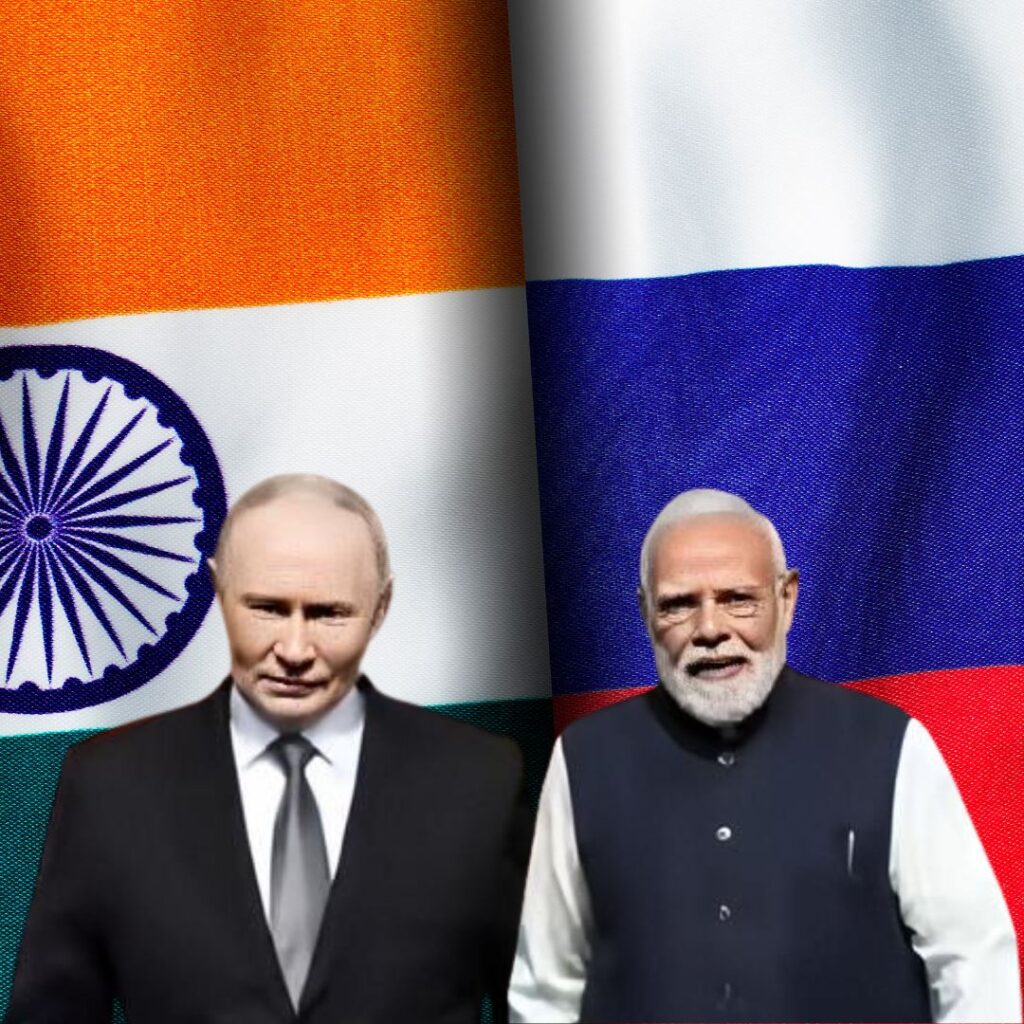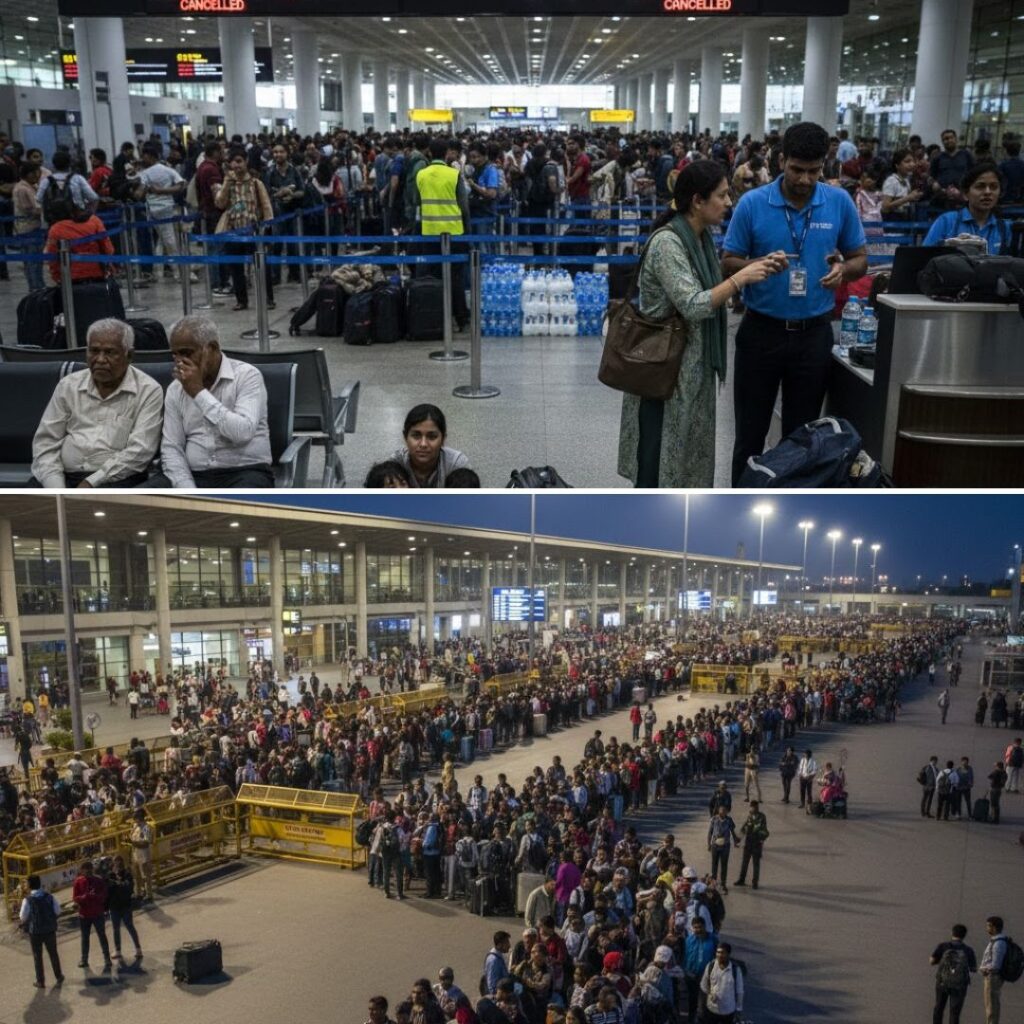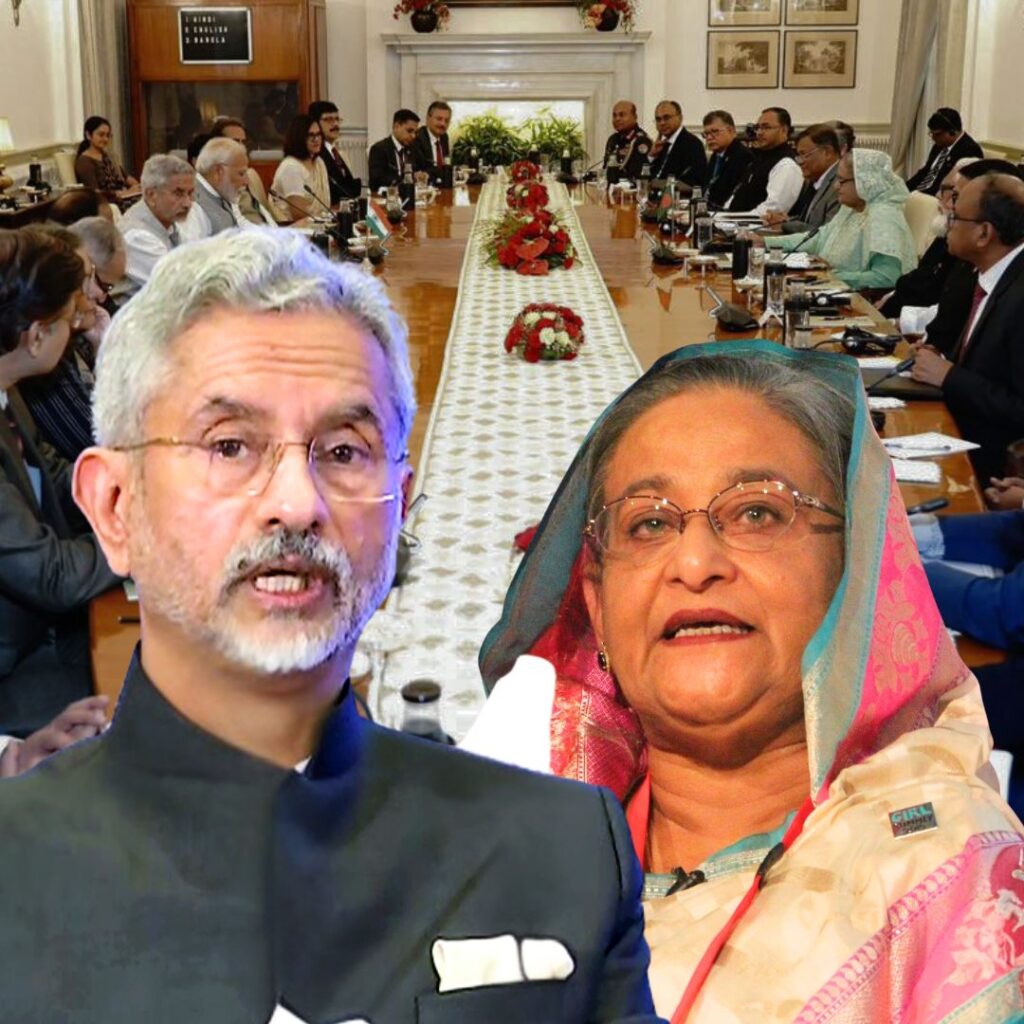In early October 2025, tensions between Pakistan and Afghanistan drastically escalated, leading to a series of fierce clashes along the border. According to Taliban officials, Pakistan broke a fragile 48-hour ceasefire by launching airstrikes on three locations in Afghanistan’s Paktika province, killing at least ten civilians and prompting a strong warning of retaliation from Afghan Taliban officials.
Pakistani airstrikes targeted various Afghan provinces, including Paktika, Khost, Jalalabad, and Kabul, with Pakistan asserting these strikes aimed at militant hideouts and the Pakistani Taliban (TTP).
Conversely, Afghan Taliban officials accused Pakistan of unprovoked aggression, with reports of Pakistan using heavy weaponry and conducting airstrikes on Afghan territory, resulting in civilian casualties and damage to border infrastructure.
The situation deteriorated further when Afghan forces launched retaliatory attacks, targeting Pakistani military posts, leading to widespread fighting and casualties on both sides.
Key Incidents and Attacks
Among the most significant incidents was the attack by Afghan Taliban forces in Spin Boldak, purportedly in response to earlier Pakistani strikes. Reports indicated that the Taliban captured and destroyed multiple Pakistani border posts, inflicting casualties on Pakistani security personnel and killing civilians.
Pakistan responded with targeted airstrikes, including strikes in Kandahar and Helmand provinces, which reportedly killed Taliban fighters. Drone strikes by Pakistan in Afghan territory, particularly in Kandahar and Helmand, killed dozens of Taliban fighters, including commanders, adding to the cycle of violence.
Both nations reported casualties among their troops and civilians, with the United Nations confirming that over 40 civilians had been killed in these clashes, highlighting the severe humanitarian toll.
Diplomatic and Military Responses
Amid the violence, both countries temporarily agreed to a ceasefire on October 15, extended until further negotiations. Pakistan’s Prime Minister Shehbaz Sharif vowed “strong retaliation” for any future attacks, and Pakistani military officials inspected frontline positions along the border.
Afghanistan’s Foreign Minister, Amir Khan Muttaqi, announced a temporary pause in military operations following diplomatic démarches by Qatar and Saudi Arabia, aiming to de-escalate tensions. Despite these efforts, sporadic clashes persisted, emphasizing the fragile and unpredictable nature of the ceasefire.
The border crossings, including Torkham and Chaman, were sealed by Pakistani forces, reflecting heightened security measures and mutual distrust.
Broader Context and Implications
The conflict is rooted in longstanding issues, including border disputes, militant allegiances, and regional rivalries. Pakistan blames Afghan-based groups like the TTP and Baloch separatists for insurgent activities within its borders, while Afghanistan accuses Pakistan of supporting militant groups to destabilise its government.
The recent escalation follows months of low-intensity skirmishes but marks the most intense conflict since 2024, when Pakistan launched multiple airstrikes into Afghan territory, claiming to target militants. Regional stakeholders, including Qatar and Saudi Arabia, are actively mediating peace efforts, but dialogue remains strained amid ongoing hostilities.
The Logical Indian Perspective
The ongoing clashes have caused significant civilian suffering, with hospitals strained and basic services disrupted. Women and children have suffered disproportionate casualties, and thousands are displaced, facing uncertain futures.
The conflict undermines regional stability, threatens diplomatic relations, and hampers ongoing peace negotiations. International organisations continue to call for restraint and urgent humanitarian aid, emphasising that lasting peace can only be achieved through dialogue and mutual respect.












